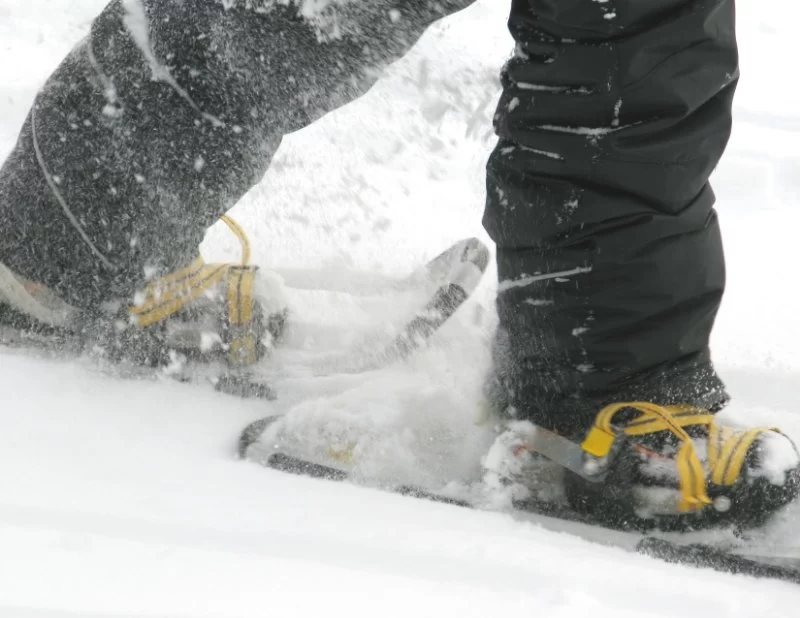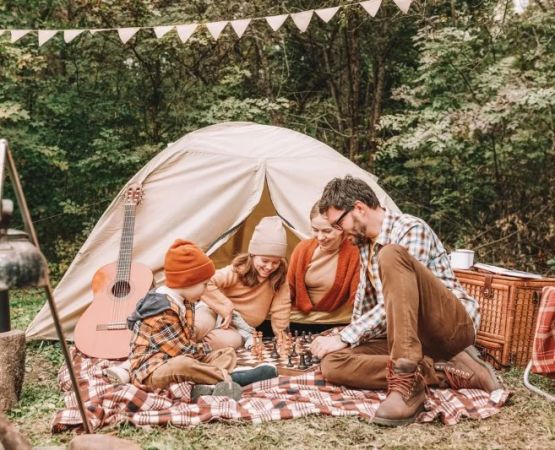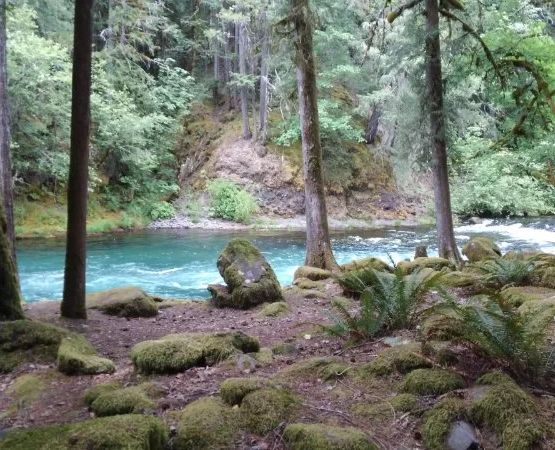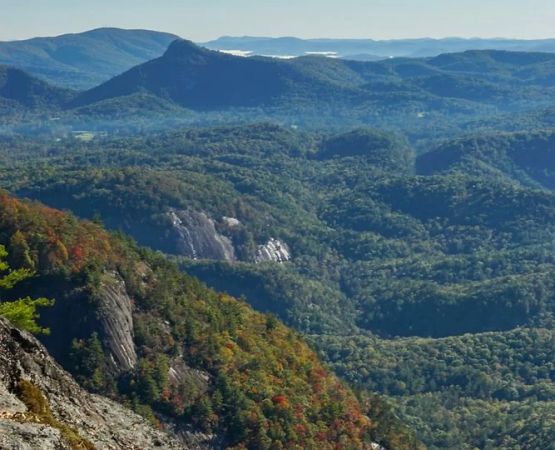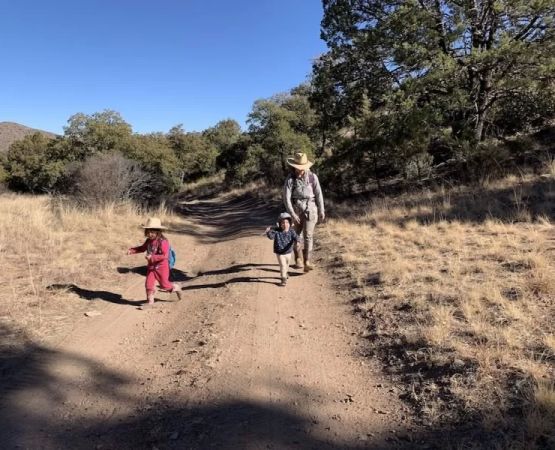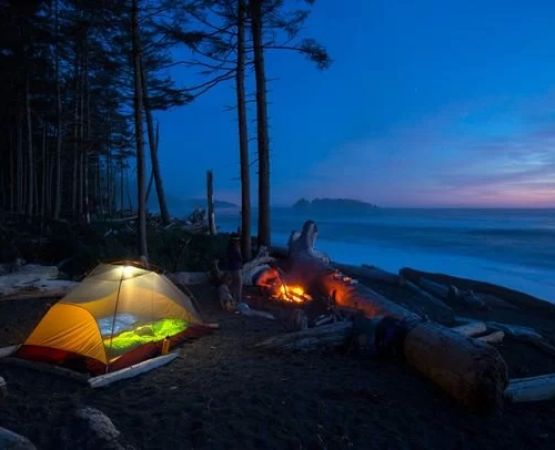- 1 - layered-clothing-for-winter
- 2 - snowshoeing-gear-essentials
- 3 - shelter-and-sleeping-systems
- 4 - cooking-and-hydration-in-snow
- 5 - safety-and-navigation-tools
- 6 - real-stories-from-winter-campers
- 7 - trusted-gear-recommendations
Layered Clothing for Winter
When temperatures drop and snow deepens, dressing in layers is your first defense. A solid base layer wicks sweat, a mid-layer traps warmth, and a waterproof outer layer shields against wind and snow. Cotton should be avoided, as it traps moisture and accelerates heat loss. Wool and synthetic materials are ideal choices for winter camping and snowshoeing. The right layering system keeps your body dry and warm, preventing hypothermia in harsh conditions.
Snowshoeing Gear Essentials
Snowshoes themselves are the star of the show, but pairing them with adjustable trekking poles makes balance and uphill climbs much easier. Modern snowshoes are designed with crampons for traction, ensuring stability on icy trails. Footwear is equally crucial—insulated, waterproof boots paired with gaiters prevent snow from soaking your feet. Many enthusiasts also use moisture-wicking socks and boot liners for extra insulation, making long treks far more comfortable.
Shelter and Sleeping Systems
A sturdy four-season tent is essential when facing strong winds and heavy snow. For insulation, sleeping bags rated for subzero temperatures are non-negotiable. Pairing them with insulated sleeping pads prevents body heat from being drained by the frozen ground. Some experienced campers even use reflective emergency blankets under their pads for extra warmth. These layers work together to transform an icy night into a tolerable and even restful experience.
Cooking and Hydration in Snow
Melting snow for water is a common practice, but always remember to boil it or use filters to remove impurities. Liquid-fuel stoves perform better than canister stoves in freezing temperatures, as they remain reliable when gas pressure drops. For food, high-calorie meals that are easy to prepare are best, since your body burns more energy in the cold. A thermos filled with hot tea or broth can be a morale booster during long treks across snowy landscapes.
Safety and Navigation Tools
Even the most experienced snowshoers can face sudden storms or whiteouts. Carrying a map, compass, or GPS device is vital. Avalanche-prone areas require added safety gear such as beacons, shovels, and probes. Headlamps with extra batteries ensure visibility when daylight fades quickly in winter months. First aid kits designed for cold injuries, like frostbite treatment supplies, can be lifesavers. Preparing for the worst ensures you can handle unexpected challenges.
Real Stories from Winter Campers
One group of snowshoers in Vermont shared how layering mistakes nearly ended their trip early, with damp cotton clothes leading to chills and exhaustion. On another trip, a camper recalled how their poorly insulated pad left them shivering all night despite a subzero-rated bag. These stories highlight that the right essential gear for snowshoeing and winter camping is not about luxury—it is about survival, comfort, and ensuring the adventure continues safely.
Trusted Gear Recommendations
With so many gear options on the market, knowing where to start can feel overwhelming. That’s why visiting Pine Cliff Resort is invaluable—you’ll find curated camping supplies designed for cold conditions, from snowshoes to insulated sleeping pads. Expert staff can recommend the right gear tailored to your trip, giving you peace of mind as you head into the snow. Equipping yourself with trusted gear ensures every winter outing is both memorable and safe.

